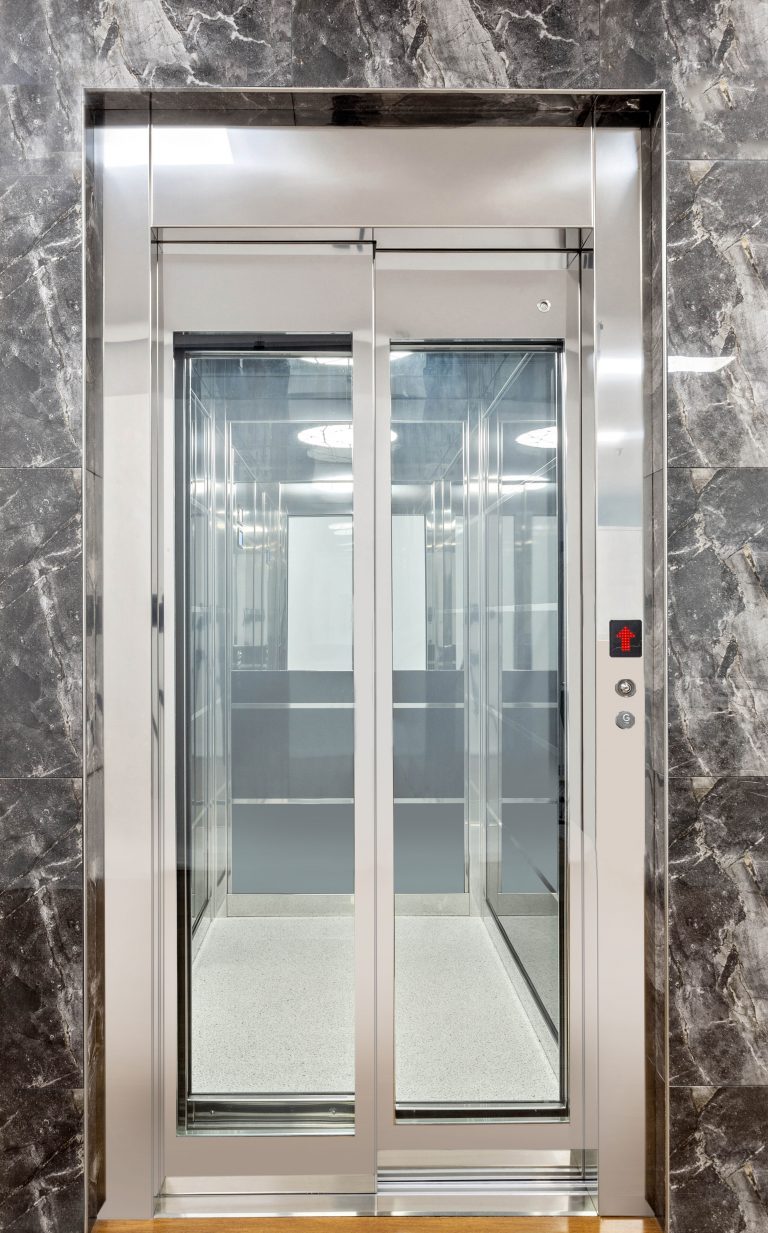Looking Into the World of Lifts: Common Issues Encountered by Different Lift Mechanisms
As we browse through the upright transportation systems of contemporary buildings, lifts stand out as an essential part of our daily lives. From hydraulic elevators to grip systems and machine-room-less layouts, each lift type comes with its set of common concerns.
Hydraulic Elevators
Hydraulic elevators, commonly preferred for low-rise buildings, use fluid stress to control the activity of the elevator cars and truck (lift repair companies). This device involves a hydraulic pump pushing oil into a cyndrical tube, creating the lift to relocate the desired direction. While hydraulic lifts are recognized for their quiet and smooth operation, they do include their very own set of typical problems
One widespread trouble with hydraulic lifts is oil leakage. In addition, issues with the control system, such as defective valves or a malfunctioning pump, can cause disruptions in the lift's activity.
Routine upkeep and timely repair work are necessary to make sure the smooth functioning of hydraulic elevators. By dealing with these common issues proactively, building proprietors can decrease downtime and make sure the security and efficiency of their vertical transport system.
Traction Elevators
When considering vertical transport systems in buildings, another usual kind other than hydraulic lifts is the grip elevator. Traction lifts operate using a system of ropes and weights that move the lift automobile by gripping onto the hoist ropes. This device enables smoother and quicker upright transport compared to hydraulic systems.
Among the typical issues faced by grip elevators is rope wear. The consistent motion of the ropes within the grip system can cause deterioration over time, possibly triggering the lift to malfunction or come to be risky for use. Routine examinations and maintenance of the ropes are necessary to make certain the elevator's correct functioning and safety and security.
One more concern that traction lifts may encounter is associated to the control system. Troubles with the control system can result in concerns such as erratic motion, hold-ups in reaction times, or perhaps complete shutdowns. Normal testing and maintenance of the control system are crucial to stop such issues and make sure the elevator's reliability.
Machine-Room-Less (MRL) Lifts

One of the essential components of MRL lifts is the small gearless traction machine that is mounted within the hoistway. This maker efficiently drives the lift cars and truck without the requirement for bulky tools found in traditional grip elevators. Additionally, MRL lifts usually use a weight system to stabilize the cars and truck, further enhancing their power efficiency.
Regardless of their advantages, MRL lifts might face obstacles connected to repair and maintenance as a result of the confined area for tools installation. Ease of access for servicing parts within the shaft can be limited, calling for specialized training for specialists. Appropriate upkeep schedules and regular assessments are crucial to guarantee the lift companies in London ongoing smooth procedure of MRL elevators.
Overloading and Weight Limitation Issues
Are lifts outfitted to handle excess weight loads effectively and securely? Straining and weight restriction concerns are critical concerns in elevator procedures. Lift manufacturers design lifts with particular weight capabilities to make sure guest safety and equipment longevity. Going beyond these weight limitations can bring about numerous troubles, consisting of mechanical failings, hold-ups, london lift company and safety and security dangers.
When elevators are overloaded, it puts extreme strain on the motor, cables, and various other elements, potentially causing breakdowns or failures. Security systems such as sensors and overload sensing units are in place to stop lifts from moving if they detect excess weight. Additionally, going beyond weight limitations can lead to increased power consumption and damage on the elevator system.
To mitigate straining issues, constructing managers should prominently present weight limitations in lifts and inform occupants on the value of adhering to these limitations - lift repair companies. Regular upkeep checks by qualified technicians can likewise help make sure that lifts are operating within secure weight parameters. By resolving overloading and weight limit concerns proactively, building proprietors can boost elevator safety and security and effectiveness
Electric System Failures
Exceeding weight limits in lifts can not just result in mechanical concerns but likewise possibly contribute to electrical system failures within the lift framework. Electrical system failures are an essential issue in lift procedure, as they can cause unforeseen closures, breakdowns, and even safety and security hazards. One common electrical problem is the getting too hot of components due to extreme existing circulation caused by overwhelming the lift past its ability. This can lead to damage to the electrical wiring, electric motor, or control systems, resulting in expensive repair services and downtime.
Furthermore, power surges or changes in the electrical supply can also disrupt the lift's procedure, impacting its performance and safety. These electrical disruptions can harm delicate elevator components such as control panels, motherboard, or sensing units, causing system failures. Regular upkeep and assessments are critical to recognize and attend to potential electric concerns quickly, guaranteeing the safe and reliable procedure of lift systems. By adhering to weight restrictions and carrying out routine electric system checks, building proprietors can alleviate the risk of electric failures in lifts.
Final Thought

Hydraulic lifts, often preferred for low-rise structures, utilize fluid stress to manage the movement of the disabled platform lifts prices uk lift automobile.When considering upright transportation systems in structures, another usual type apart from hydraulic elevators is the grip elevator. Grip elevators run utilizing a system of ropes and weights that move the lift automobile by grasping onto the hoist ropes. Unlike traditional lifts that need a different device area to house the devices, MRL lifts integrate many of the components within the shaft, getting rid of the demand for a committed device space.In conclusion, elevators encounter common problems such as hydraulic breakdowns, traction system failings, and electric system problems.